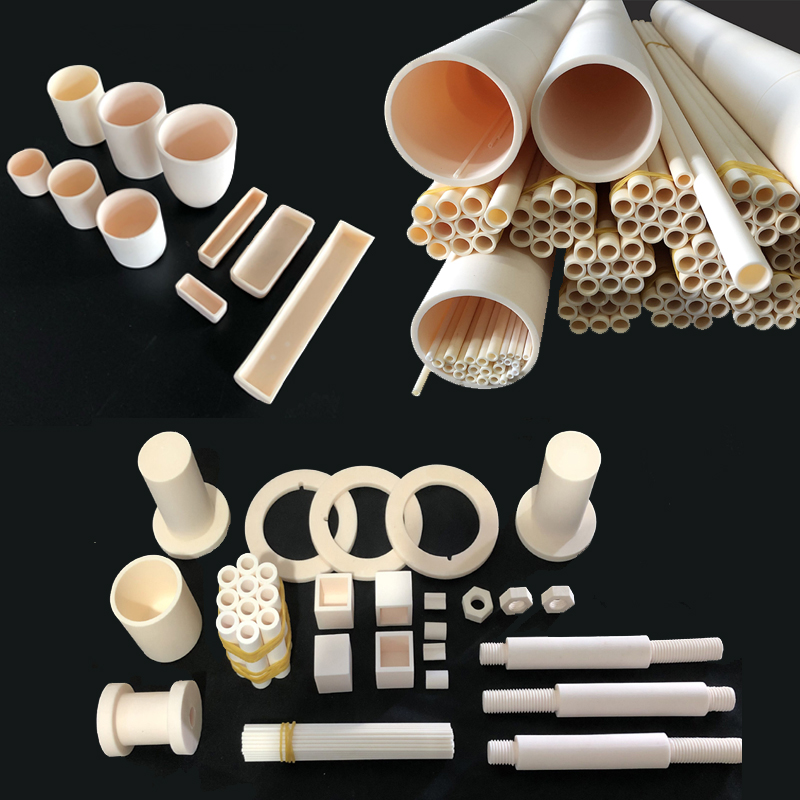Le ceramiche di allumina, note per la loro eccezionale durezza, resistenza all'usura e stabilità alle alte temperature, sono diventate indispensabili in diversi settori industriali. Tuttavia, queste straordinarie proprietà rendono anche la lavorazione delle ceramiche di allumina un compito impegnativo. I recenti progressi nel processo di lavorazione hanno rivoluzionato il modo in cui le ceramiche di allumina vengono trattate, portando a maggiore precisione, efficienza e innovazione in diversi settori.
Applicazioni della lavorazione avanzata della ceramica di allumina
I progressi nella lavorazione della ceramica di allumina hanno aperto nuove possibilità in diversi settori. Nel settore elettronico, la capacità di lavorare la ceramica di allumina con elevata precisione ha consentito la produzione di componenti isolanti complessi, substrati e alloggiamenti per semiconduttori. Nel settore aerospaziale, i processi di lavorazione migliorati hanno facilitato la creazione di componenti leggeri e ad alta resistenza, in grado di resistere a temperature estreme e ambienti difficili.
Anche i produttori di dispositivi medici hanno beneficiato di questi progressi, potendo ora produrre componenti ceramici biocompatibili con design complessi, come impianti e strumenti chirurgici, con maggiore precisione. Inoltre, il settore energetico ha assistito allo sviluppo di componenti ceramici più efficienti e durevoli per l'impiego in ambienti ad alta temperatura, come pale di turbine e scambiatori di calore.
Il futuro della lavorazione della ceramica di allumina
Con la continua evoluzione della tecnologia, si prevede che la lavorazione delle ceramiche di allumina diventerà ancora più efficiente e precisa. La ricerca su nuovi materiali per utensili, tecniche di raffreddamento avanzate e automazione nei processi di lavorazione determinerà probabilmente ulteriori miglioramenti. La collaborazione in corso tra industria e mondo accademico svolgerà un ruolo cruciale nel superare le restanti sfide associate alla lavorazione delle ceramiche di allumina, aprendo la strada a una più ampia adozione e a nuove applicazioni.
In conclusione, i progressi nella lavorazione della ceramica di allumina hanno migliorato significativamente la producibilità di questo materiale complesso. Sfruttando tecniche all'avanguardia come la lavorazione con utensili diamantati, la lavorazione a ultrasuoni e la lavorazione laser, le industrie possono ora raggiungere maggiore precisione, efficienza e innovazione nella produzione di componenti in ceramica di allumina. Questi sviluppi non solo riducono costi e tempi di consegna, ma consentono anche la creazione di componenti ceramici più complessi e affidabili, ampliando le possibilità di utilizzo della ceramica di allumina in diverse applicazioni high-tech.


